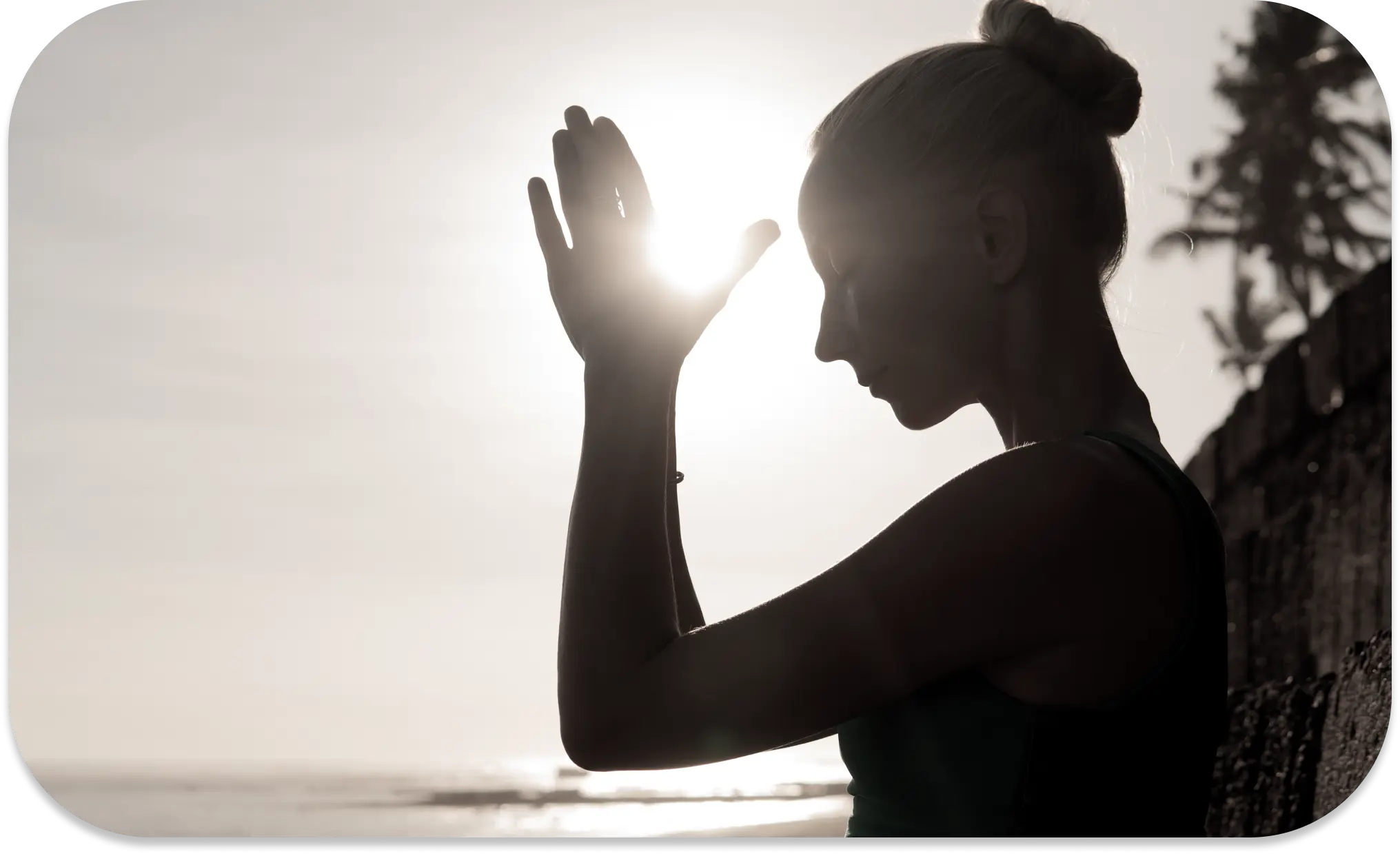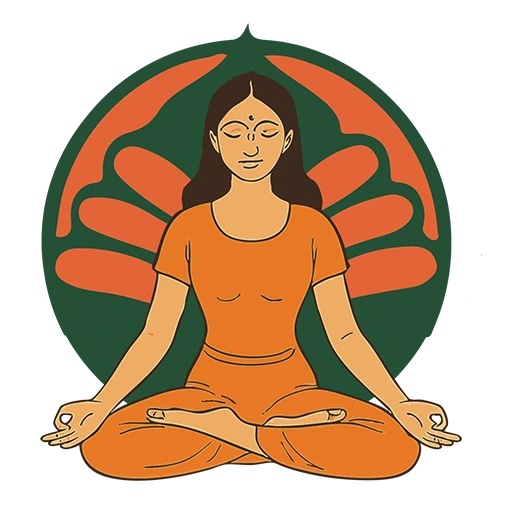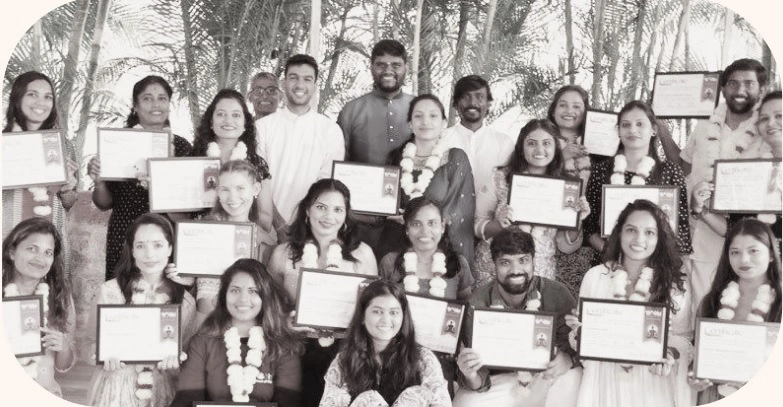
We make them capable of growing spiritually. Professional success also happens on the side, as a side effect.
Once a person is healed, she can become a positive force in the world. She can become a healer of any kind. She could become a yoga teacher. Or she can excel in whatever field that is close to her heart. But in every case, she becomes a force for good.
She is also awake to all the corporate greed that surrounds us and the culture of consumption and materialism that is pushed upon us. She sees through all this and rises above it.

As we embrace the fast-paced modern, corporate lifestyle, we find that more and more people are falling prey to stress, anxiety and depression. Material possessions are more important than natural and spiritual pleasures. There is too much of needless suffering. A solution is desperately needed.
Most people today think material possessions are the secret of happiness because they havent experienced anything beyond the material. Many think spiritual growth is fiction! Yoga strengthens the body, sharpens the mind and senses, sorts out emotional blockages and makes you calm and fearless for life.
In a world of remixes and reinterpretations, Bodhi Yoga is the real thing. We do not teach a new style or a modern interpretation. We teach classical eight-limbed, Hatha-Raja Yoga, as has been developed and taught in Bharat for millennia. Taught by people who fully understand the pressures of modern living, Bodhi Yoga brings you age-old solutions to very real problems of today.
We are here to wake up the world, one individual at a time. We have all seen how a single enlightened, empowered individual can bring about a revolution in the world. Why not become like that? Why not become powerful, energetic, clear - and a force for good in society?
At Bodhi Yoga, we want to create an army of such modern-day yogis. If one person can bring about so much positive change, imagine how much change an entire community of yogis can bring?

Firstly, start learning yoga in any place where the yogic wisdom being taught is genuine. Secondly, embrace the community. Remember, everyone can teach you and make your life better, even a five year old! Thirdly, as you grow in your yogic abilities, your love, enthusiasm and confidence for yoga will flow on their own.
Yogic lifestyle needs support & guidance, with our yogic vision, you will be able to start your journey of transformation, with ease. Start by taking the first step by enrolling in our free session to experience the power of yoga or alternatively you can speak to our counsellor to understand the best path for your.
Our assessment will guide you take direction best suited based on your experience and expectation from yogic lifestyle.
We will help you decide which course to start with, based on the level of familiarity with yoga as well as your ayurvedic body type.
Tell us a little about yourself and your fitness goals.

Ashok Vankineni, our guru, was a telecom engineer with an IIM MBA in his previous avatar. Highly successful, he worked all over the world, won a promotion a year and was very senior at a young age when he had a physical breakdown. Yoga healed him and started him on a new path.
He quit the corporate world as a GM in Tata Docomo to dedicate himself fully to yoga, wellness and healing. After studying yoga for many years under various gurus, Ashokji set up Bodhi Yoga to wake others out of their suffering and help them experience the bliss of healing through yoga.

Our Yoga School helps you adopt yogic lifestyle. Choose the most comfortable path for yourself.

Copyright © 2024 Bodhi School of Yoga